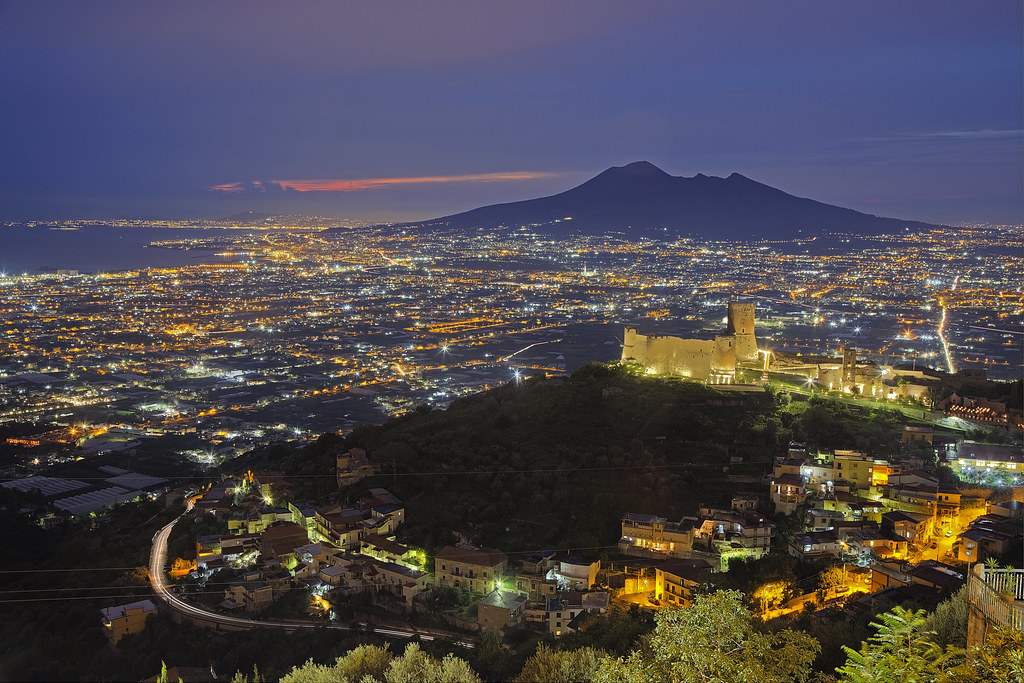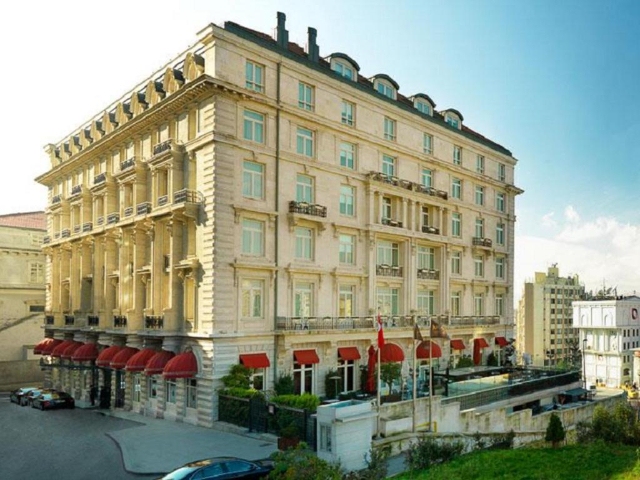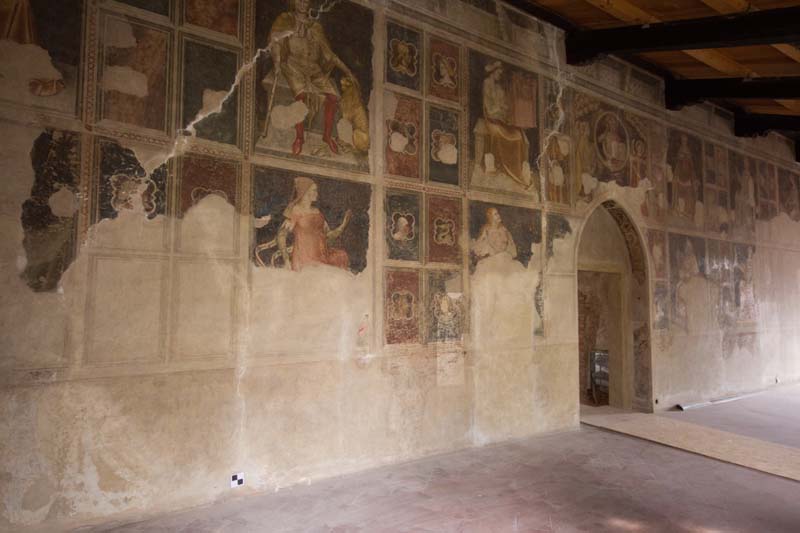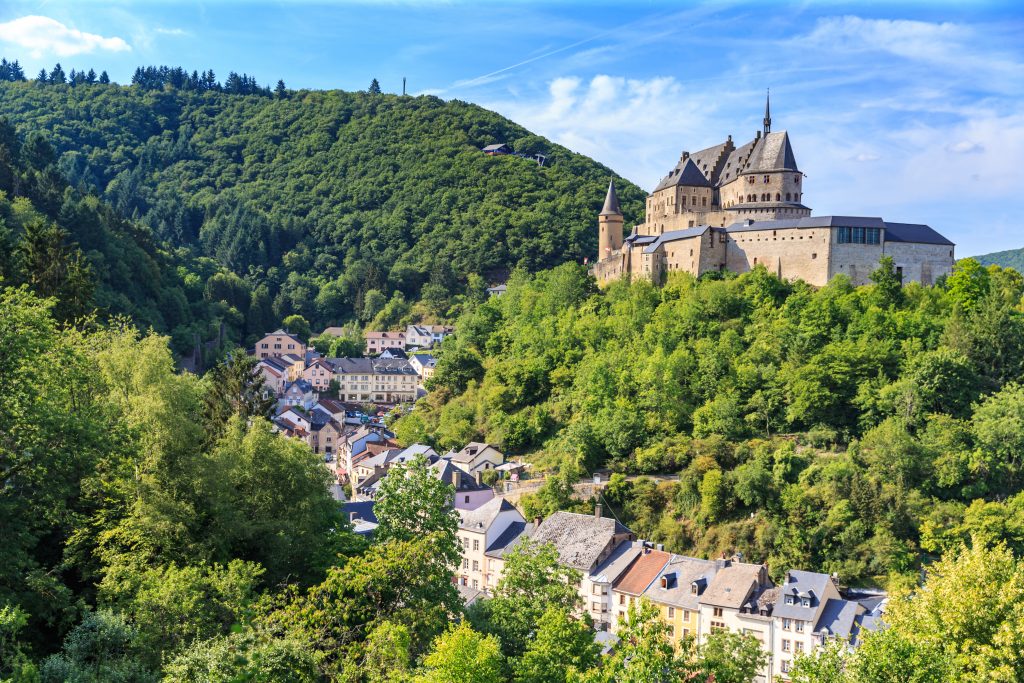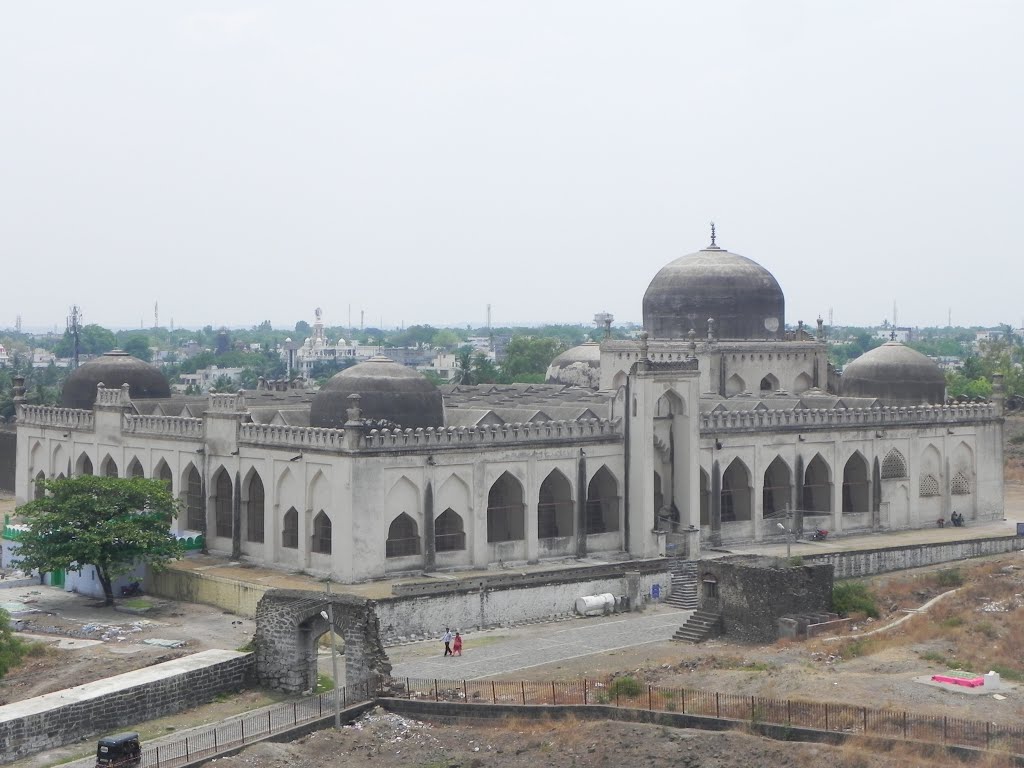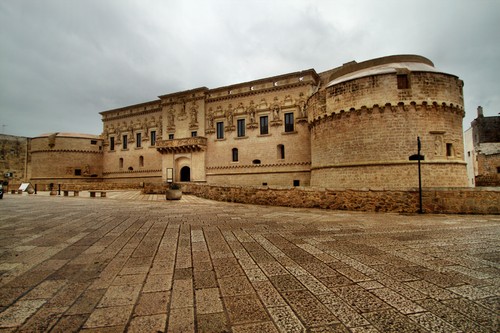The Castello di Lettere was built by the Duchy of Amalfi during the 10th century to defend its northern borders and was part of a network of fortifications that assured the Amalfians control of the two sides of the Lattari mountains. The site, in fact, still enjoys a splendid panoramic position that allowed to control the area from the port of Castellammare to the mouth of the Sarno river and the whole gulf of Naples, but also the Sarno Valley dominated by Vesuvius and the Sarno mountains as far as Pagani.
Since its foundation the castle had the form of a fortified village with multi-storey houses, as documents from 1030 and 1033 tell us. The construction of the fortress, what we call today the castle, is probably connected to the settlement of a feudal lord who built it as a place of residence within the walls and a symbol of his power. The building has a trapezoidal shape and preserves four towers, the highest of which serves as a keep. Inside the walls was also built a cathedral, seat since 987 of a bishopric. In the 12th century, the beautiful bell tower decorated with grey tufa inlays and yellow sandstone that form stars, crosses and lozenges was added to this first building.
Inside the Torre del Grano, so called because it was originally used as a storage area, the Museum of the Archaeological Park of the Castello di Lettere is currently being set up to house the finds found during the excavation campaigns conducted since 2007, such as ceramics, bronze objects and many animal bones. The exhibits illustrate not only the food and diet of the village between the tenth and sixteenth centuries, but also highlight the Mediterranean trade network in which Lettere was inserted thanks to the routes operated by the Amalfi people, with transport containers and glazed ceramics from North Africa, Spain and Sicily.
